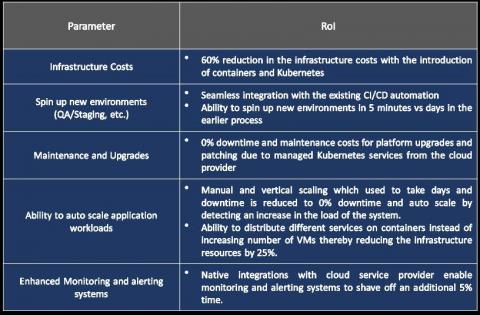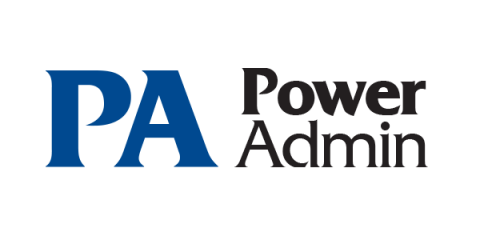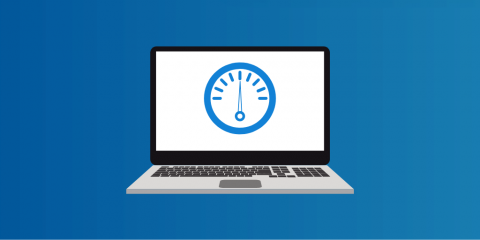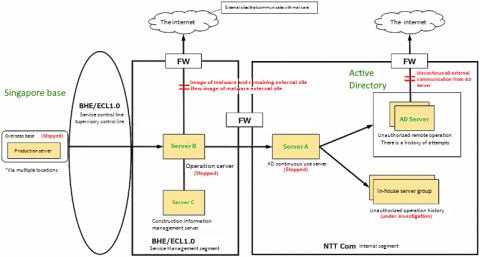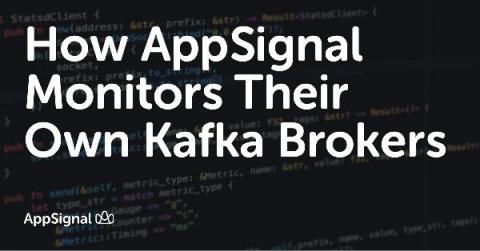The State of Robotics - June 2020
ROS, Ripple and reflections – In this month’s edition of The State of Robotics, we’ll tell you about the recently discovered Ripple vulnerability, the latest and greatest in robots reflecting nature, and a dash of news from the ROS universe.



